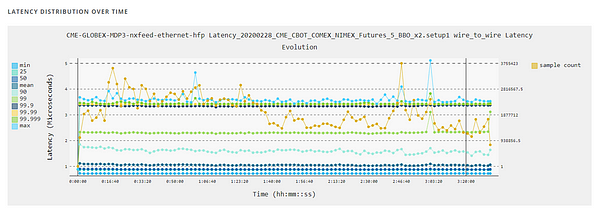
When something smells foul in markets, you better believe that HFT already knows about it.
High-frequency trading (HFT) algorithms are mainly known for their high speeds and positive effect of increasing liquidity in markets. While this is a proper recognition, very little is known about the intelligence used in these algorithms that allow them to survive for extended periods of time and not go bankrupt. As we’ll see, the story is much deeper than just buying at the bid and selling at the ask.
But before understanding the nuances of these algorithms, let’s take a look at how they get their essential nutrients (data):
Data — Not Your Typical yFinance
The bulk of HFT activities are related to market making, so instead of a quant fund that may use historical price data , HFT mainly uses real-time messaging data. The main provider of this data is CME’s Market Data Platfrom (MDP) 3.0.
This initial stage of the data represents the most raw form, just take a look:
This is a visual representation of what CME returns for 1 customer trade. The FIX message represents how the order was processed by the exchange (we briefly touched on this here), then the trade Trade Summary adds details like the aggressiveness of the trade (aggressive buy = buy over the lowest ask).
More established firms have written their own logic to convert all of these codes into interpretable formats, but this would be extremely tedious for new HFT shops.
Luckily, there are numerous data providers that provide a cleaner interaction with the exchange. An example is DataBento:
Much better.

